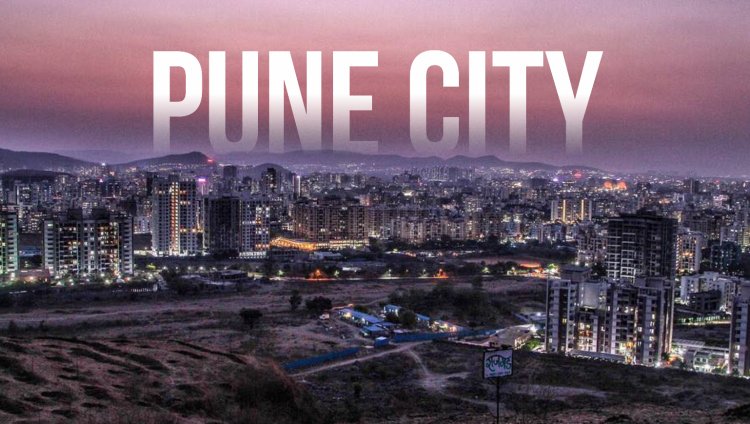10 Interesting Unknown Facts About Pune, Maharashtra
Share this Post to earn Money ( Upto ₹100 per 1000 Views )

Pune, often dubbed the "Oxford of the East," is a city that seamlessly blends rich history, vibrant culture, and modern innovation. While many are familiar with its educational institutions and IT hubs, Pune holds numerous lesser-known gems that make it truly unique. Here are 10 intriguing facts about Pune that you might not know:
1. Birthplace of Modern Badminton
In the 1800s, British officers stationed in Pune invented the sport of badminton, originally known as "Poona." The initial rules were formulated in the city in 1873, marking Pune as the birthplace of modern badminton.
2. India’s First Girls’ School
In 1848, Savitribai Phule and Fatima Begum established India's first girls' school in Pune. This pioneering institution played a crucial role in women's education and earned Pune the moniker "The Oxford of the East."
3. National Defence Academy (NDA) – A Global First
Located in Khadakwasla, Pune is home to the world's first tri-service military academy, the NDA. It trains cadets from the Army, Navy, and Air Force together, setting a global precedent for joint defense training.
4. Parvati Hill – A Historical Marvel
Parvati Hill, rising 2,100 feet above sea level, is the second-highest point in Pune. Atop the hill sits the Parvati Temple, the oldest heritage structure in Pune, built during the Peshwa dynasty. The hill also offers panoramic views of the city.
5. Shaniwar Wada – A Haunted Legacy
Shaniwar Wada, built in 1732, was the seat of the Peshwas of the Maratha Confederacy. The fort was largely destroyed in 1828 by an unexplained fire. Legend has it that the ghost of Narayanrao Peshwa, who was allegedly murdered there, still haunts the site, with visitors reporting cries of "Kaka mala vachava" (Uncle, save me) on full moon nights.
6. Pataleshwar Caves – An 8th-Century Marvel
The Pataleshwar Caves, dating back to the 8th century, are rock-cut Hindu temples dedicated to Lord Shiva. These monolithic structures, built during the Rashtrakuta period, feature a circular Nandi mandapa and a large pillared mandapa, showcasing ancient architectural brilliance.
7. Pune-Mumbai Expressway – A Technological Feat
The Pune-Mumbai Expressway, also known as the Yashwantrao Chavan Expressway, is India's first six-lane, high-speed, access-controlled toll expressway. Covering approximately 94.5 km, it connects Pune and Mumbai, significantly reducing travel time between the two cities.
8. Yerwada Prison – A Historical Landmark
Yerwada Central Prison in Pune has housed several prominent freedom fighters, including Mahatma Gandhi. During the Emergency era, it was used to detain political opponents of Indira Gandhi, making it a significant site in India's struggle for independence.
9. Pune's "Peths" – A Glimpse into the Past
The term "Peth" refers to localities in the heart of Pune, known as Old Pune. Created during the Maratha and Peshwa rule, there are around 17 Peths in the city, each with its unique history and charm. Notable among them are Kasba Peth, Sadashiv Peth, and Shaniwar Peth.
10. Khadakwasla Dam – A 19th-Century Engineering Feat
The Khadakwasla Dam, completed in 1879, was one of the oldest masonry dams in India. Built to address severe droughts in the 19th century, it serves as a vital source of water for Pune and surrounding areas, showcasing 19th-century British engineering prowess.
Pune's rich tapestry of history, culture, and innovation makes it a city worth exploring beyond its well-known landmarks. Whether you're a history enthusiast, a nature lover, or someone seeking to understand India's diverse heritage, Pune offers a plethora of experiences waiting to be discovered.














